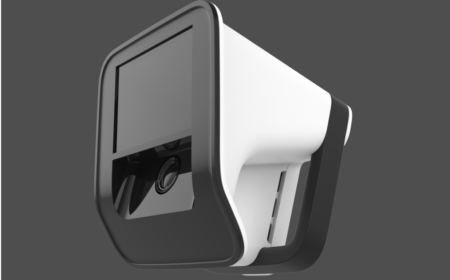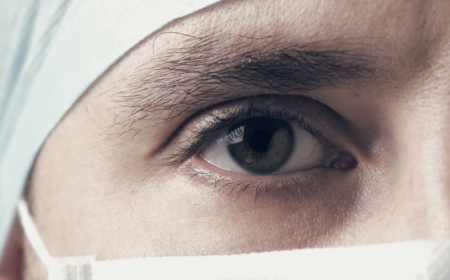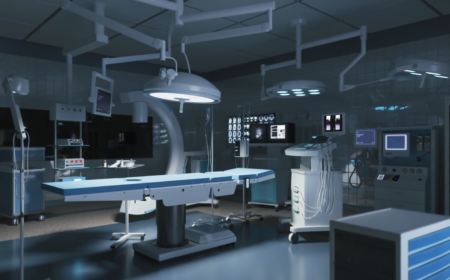Whitepaper, News
The Data Delusion: Why UX, Not Volume, Is the Future of Digital Surgery
09/30/2025

By Doug Fairbanks, CEO of VISIE
Executive Summary
For years, digital surgery platforms have touted the promise of “more data” as a value differentiator. But more data alone has not led to better decisions or better outcomes. As hospitals and surgeons face an overload of dashboards, reports, and unread analytics, the opportunity lies not in raw data volume but in user-centric design that drives insight, action, and confidence. This white paper outlines VISIE’s design philosophy: data must disappear into the background, surfacing only when it amplifies surgeon performance and enhances clinical workflow. The future of surgical technology will belong to platforms that make intelligence feel invisible and intuitive.
1. The Myth of “More Data”
The early days of digital surgery were built on a seductive promise: that surgical data would drive performance improvement. Instead, the result has been a deluge of logs, reports, and “metrics” that:
– Lack clinical context
– Require post-hoc analysis
– Distract, rather than assist, the user
Too often, data systems have been built for engineers and analysts not for the surgeon standing in the OR. Surgeons don’t want more numbers, they want confidence in their next move.
2. The Real Need: Actionable, Embedded Insight
Surgeons operate in a world of high stakes, limited time, and constrained cognitive bandwidth. To support them effectively, technology must offer:
– Clarity over complexity
– Confidence over curiosity
– Actionable insight over background noise
The most impactful systems don’t just collect data ,they synthesize it into moments of value: suggestions, alerts, and decision points that enhance action without disrupting flow.
3. VISIE’s UX-First Approach: Invisible Intelligence
At VISIE, we’ve designed our platforms around a fundamental principle:
“Technology should be felt, not seen.”
This means:
– No dashboards during surgery
– No extra clicks or gestures
– No waiting on post-op analytics to understand what went wrong
Our system uses advanced perception and AI to sense intraoperative conditions, process millions of data points in real time, and surface only what matters—when it matters. The result is adaptive insight that supports surgeon intuition, rather than replacing it.
4. Beyond Data: Defining the Surgical Experience
The next frontier is not smarter analytics…it’s better design. VISIE focuses on:
– Visual feedback that enhances tactile cues
– Procedural cues that adapt to surgeon rhythm and technique
– Surgeon-specific personalization, tuned over time through continuous learning
This represents a shift from “data collection” to experience engineering. The aim isn’t to impress with information; it’s to enable excellence through simplicity.
5. Strategic Implications for Partners & Systems
This reframing of digital surgery from data-centric to experience-centric creates profound advantages:
– Shorter learning curves for new users
– Fewer training hours required
– Higher adoption of advanced features
– Stronger surgeon loyalty and preference
Hospitals see improved outcomes with less variability. Device partners gain a competitive edge through seamless UX integration. Payers and systems benefit from precision performance without cognitive overload.
Conclusion: The Future Isn’t Data. It’s Design.
The winners in the next decade of digital surgery won’t be those with the most sensors or the biggest databases. They will be the ones who simplify complexity and deliver user experiences that feel as natural as the surgeon’s own hand.
VISIE is proud to lead this shift from data volume to data value, from insight overload to intelligent UX that truly changes surgical performance.





